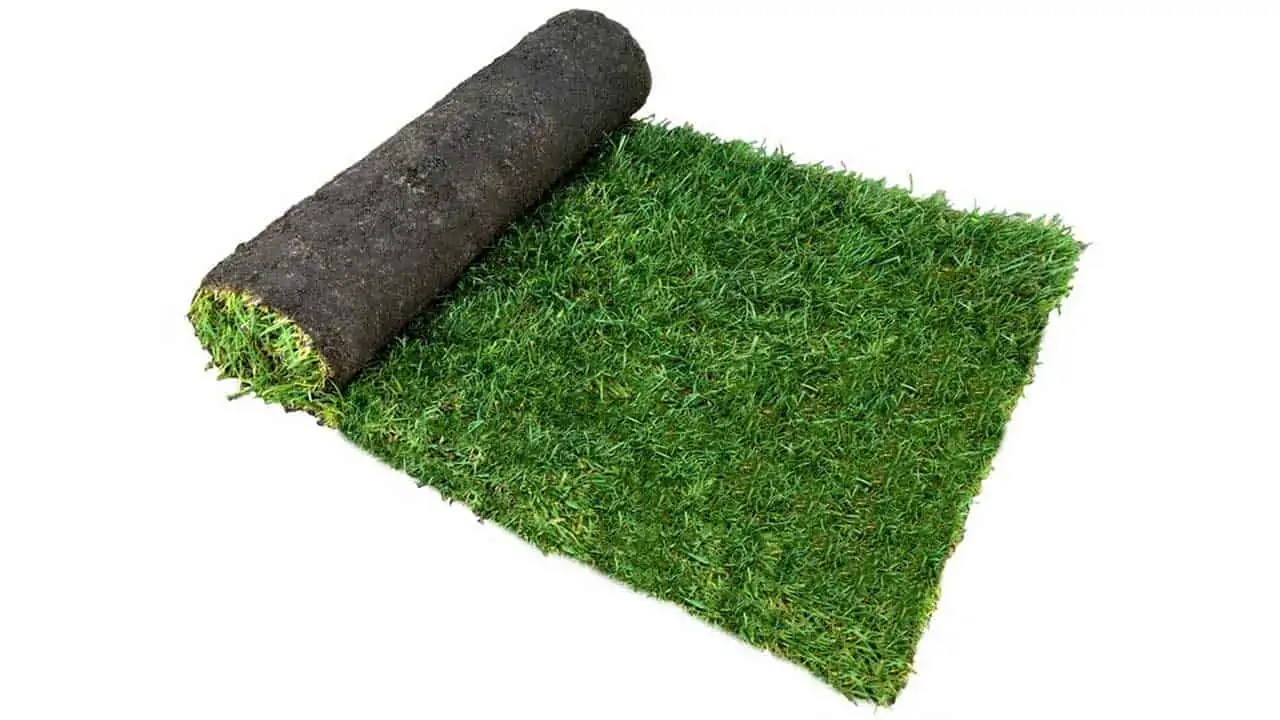Characteristics: Cool-season grass – medium to dark green color, moderate density – more extensive root system than any other cool-season turfgrass. Texture ranges from coarse to medium for newer turf-types. A bunch-type grass.
Recommended Usage: Very good transition zone grass – adapted to moderately cold winters and warm summers – good tough play lawn – recommended for a wide variety of uses, including residential and commercial landscapes, roadsides, parks, recreation areas, and sports fields.
Temperature Tolerance: Good heat tolerance for a cool-season grass – grows in a wide range of temperatures in the transitional climatic zone between cool and warm climates – less cold hardy than most cool-season grasses.
Drought Resistance: Good – one of the better cool-season turfgrasses, fairly deep root system helps avoid drought. Can go into summer dormancy, with brown leaves, when irrigation is withheld; upon return of moisture supply, will green up again. Some varieties have better tolerance to heat and drought.
Shade Adaptation: Good in transition zone – prefers full sun – moderately tolerant to partial shade. Of the cool-season grasses, only fine leafed rescues rank higher in shade adaptation.
Wear Resistance: Good – suitable for moderate recreation and foot traffic areas exhibiting good initial wear recovery, especially in spring and fall when growth is rapid.
Tall Fescue Maintenance:
Taking good care of your lawn often requires no more work overall than taking poor care of it. A lawn that is properly mowed, fertilized and watered has far fewer problems with weeds, diseases and insects. A well kept lawn also remains dense and attractive, providing you much more enjoyment and environmental benefits.
Water Needs: Moderate – apply 0.5 to 1 inch of water as a deep soaking every 3 to 7 days to encourage a deep, healthy root system during dry or hot periods. Avoid frequent, shallow watering that results in shallow roots, permitting weed germination and growth.
Mowing and Thatching: Optimum mowing height of 2 to 3 inches for a high quality lawn. Mow regularly with a sharp rotary or reel mower, allowing clippings from frequent mowing to remain on the lawn. Never remove more than 1/3 of the shoot growth at one mowing. Tall fescue forms very little thatch.
Soil and Fertilizer Needs: Adapts to a wide range of soil conditions – has rather deep extensive root system for a cool-season grass that makes excellent use of soil moisture and mineral nutrients – good tolerance to saline soil conditions. Fertilize twice a year, spring and fall, with a complete fertilizer containing nitrogen, phosphate and potassium – apply N at 2 to 4 lbs. per sq. ft. per year. Will respond well to high nitrogen applications to achieve a higher quality turf. Water thoroughly after fertilization.
Disease, Weed and Insect Control: Varieties are available that are resistant to net blotch, brown patch and crown rust. For weeds, chemical controls are most effective during fall and spring.
All information is based on average/normal conditions; individual sites and situations may differ.
-Turfgrass Producers International
